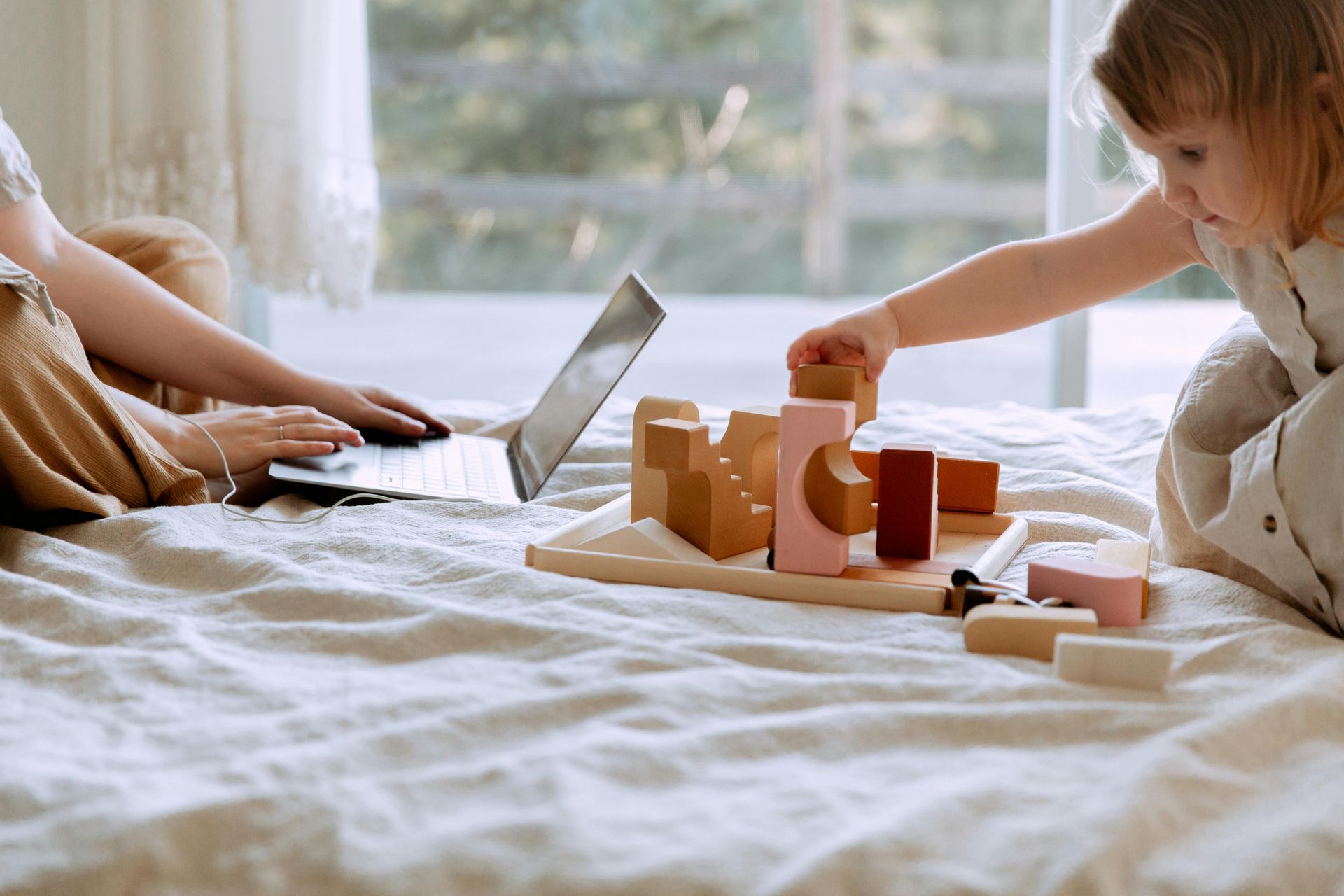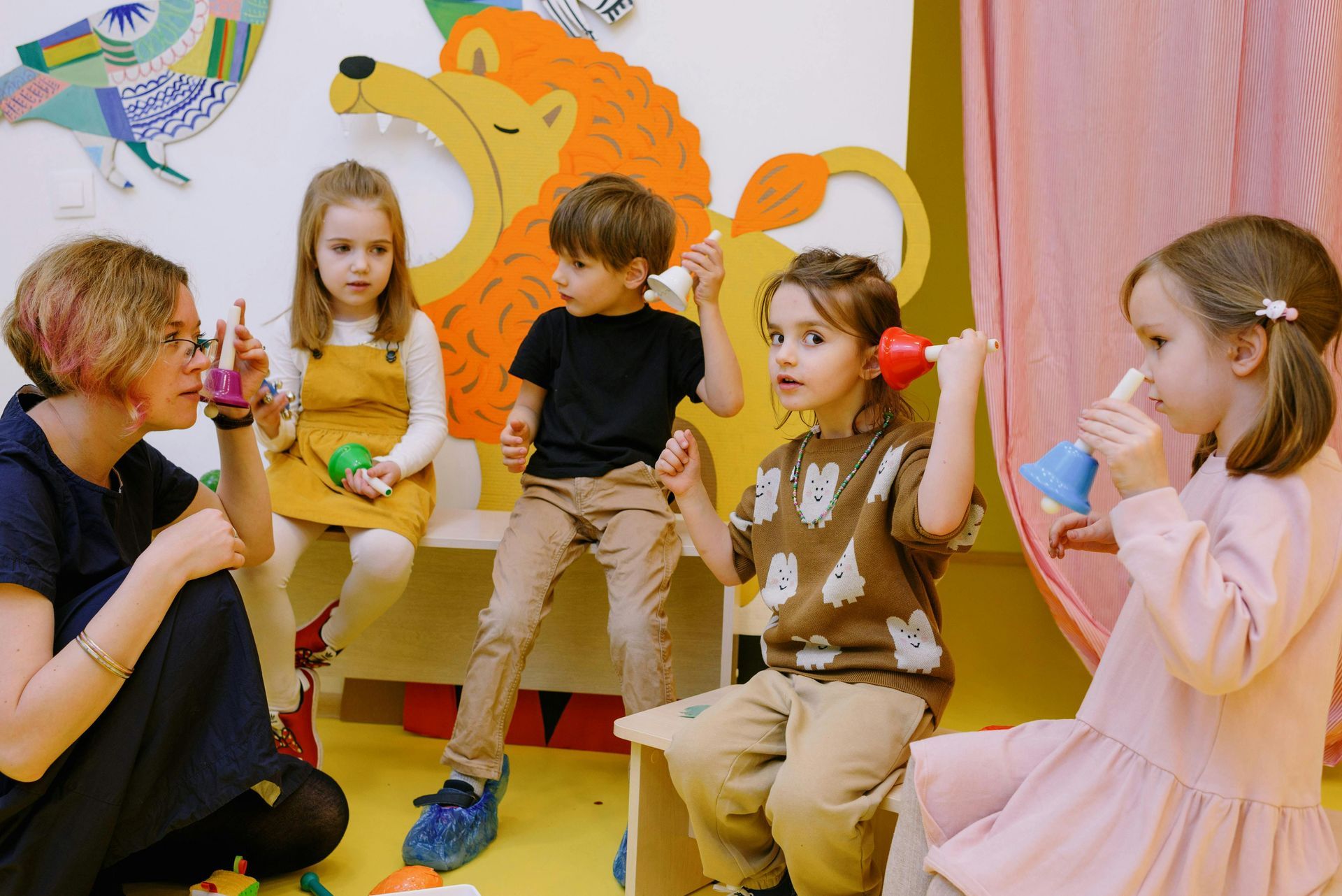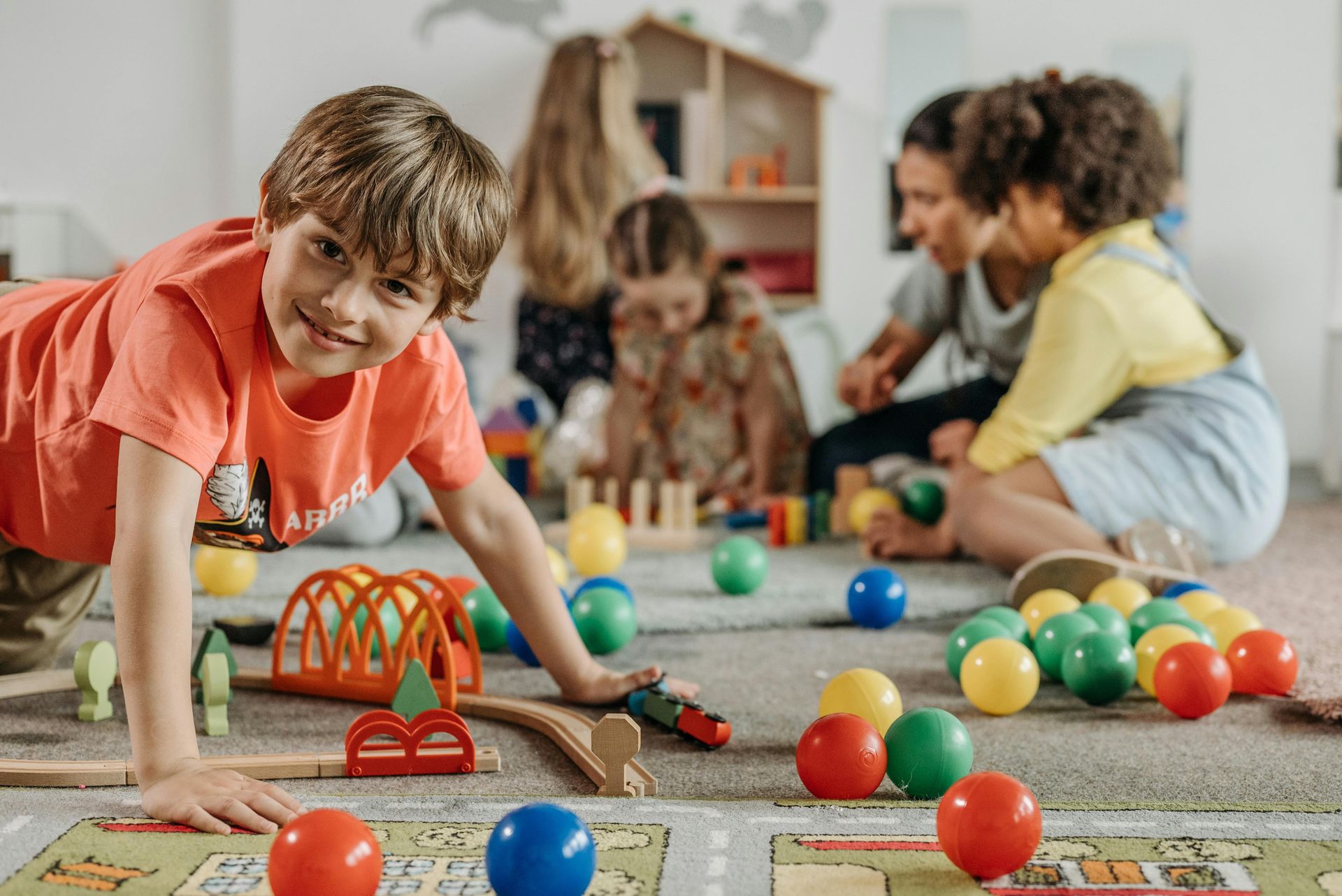Beyond ABCs: Cultivating Curiosity in Preschoolers Through Open-Ended Exploration
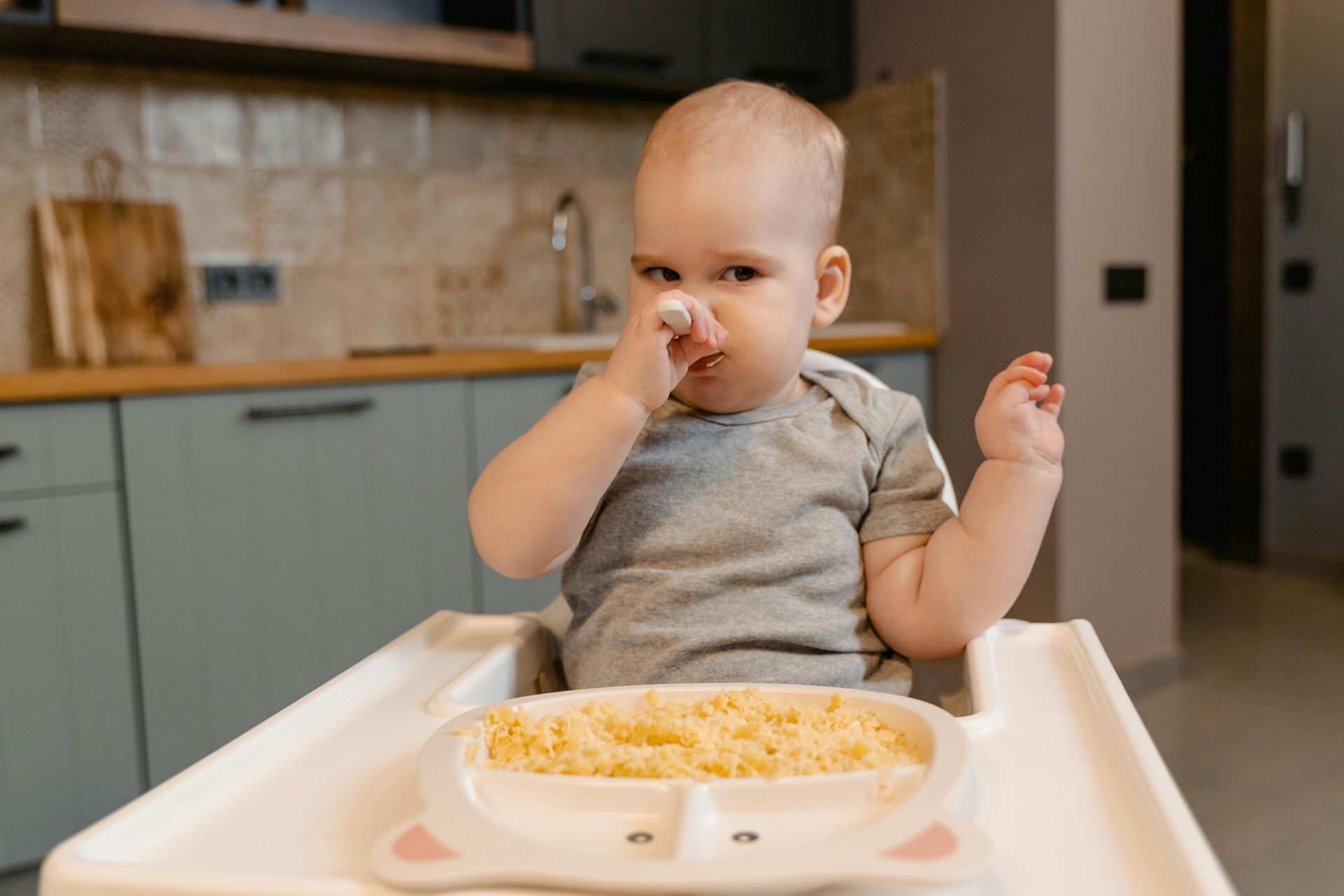
At Playtime Academy, we believe that true learning begins with a question—not an answer. While learning letters and numbers is essential, it's the sense of curiosity behind a child's "Why?" that drives deep, lifelong learning. This post explores how we go beyond traditional academics to cultivate curiosity in preschoolers through open-ended exploration, wonder-filled environments, and intentional teaching strategies that leave room for the unexpected.
The Problem with Prepackaged Learning
Many early learning programs lean on structured, one-size-fits-all activities to keep children on track academically. But this often limits opportunities for original thought. When children are told exactly what to do, how to do it, and what the result should look like, there’s no room for discovery.
At Playtime Academy, we flip the script: instead of giving answers, we create the conditions for children to ask their own questions and seek their own discoveries.
The Power of Curiosity in Early Development
Curiosity is not just cute—it’s cognitive gold. Research shows that curiosity activates the brain’s reward system and enhances learning retention. Children who are curious engage longer with tasks, persist through challenges, and make deeper connections between concepts.
Curiosity builds:
- Cognitive flexibility (trying different strategies)
- Resilience (tolerating failure)
- Confidence (trusting one’s own thoughts)
- Intrinsic motivation (learning for joy—not rewards)
How We Nurture Curiosity at Playtime Academy
Every environment, interaction, and activity at Playtime Academy is designed to encourage open-ended thinking. Here's how we do it:
1. Loose Parts Play
Our classrooms feature baskets of nontraditional materials—corks, pinecones, lids, beads, fabric pieces, and buttons. Children decide what these items are and how to use them. One child may build a robot, another may design a necklace. There’s no wrong way to explore.
2. Inquiry-Based Projects
Instead of introducing topics with facts, we begin with questions:
- "What do you notice about the clouds?"
- "Why do you think shadows move?"
- "What would happen if we planted this upside down?"
From there, the children lead the investigation. We provide books, tools, and experiments based on their interests, allowing curiosity to guide content.
3. Nature as a Teacher
Outdoor time is more than recess—it’s a laboratory. We explore bugs under magnifying glasses, build habitats for ants, and ask why leaves change colors. Nature's unpredictability is the perfect prompt for inquisitive minds.
4. Unscripted Art
Instead of coloring within lines, we provide open canvases, various mediums, and zero expectations. The result? A gallery of original thinking and stories waiting to be told.
5. Provocations
We set up “invitations to wonder”—curious table setups with mirrors, natural objects, or unusual tools. The goal is to get children to stop, look closer, and ask, “What can I do with this?”
Teacher as Facilitator, Not Instructor
Our educators aren’t just lesson planners—they’re co-learners, observers, and idea-expanders. They listen for questions, model curiosity, and scaffold learning without steering it. For example:
- If a child asks why ice melts, the teacher might say, “Hmm, what do you think?” and hand them a timer and two containers—one in the sun, one in the shade.
- If a group is building with blocks and says, “We want to make it taller than us!” the teacher may introduce measuring tools and photos of real skyscrapers for inspiration.
Real Stories from Our Classrooms
“The Worm Watchers” Project
After finding a worm during a rainy day, one child asked, “Where does it live?” This launched a two-week investigation into worms—drawing diagrams, observing movement, reading books, and eventually creating a classroom worm habitat.
“Can We Catch the Wind?”
Children noticed the wind moving tree branches but not rocks. This curiosity led to homemade wind detectors using streamers, feathers, and plastic bags. They tested their inventions on the playground and recorded their findings.
These moments weren’t in the lesson plan—but they became the most powerful parts of our curriculum.
Tips for Encouraging Curiosity at Home
You don’t need fancy tools to foster wonder at home. Try these:
- Ask open-ended questions: “What do you think will happen?” or “What else could we try?”
- Offer flexible materials: Let them build with boxes, create with kitchen tools, or sort objects from nature.
- Model curiosity: Let them hear you wonder aloud. “I’ve never noticed this plant before. I wonder what it’s called?”
- Celebrate questions, not just answers: Applaud their “I don’t know!” and explore together.
- Slow down: Give them time to notice, reflect, and imagine without rushing to the next task.
Discover how sensory exploration and outdoor adventures come together to support early development in our blog posts on the philosophy behind getting messy and nature’s classroom.
Conclusion: Cultivating Life-Long Learners
At Playtime Academy, curiosity is not a side effect of learning—it’s the heartbeat of everything we do. By encouraging questions over answers and exploration over perfection, we raise thinkers, dreamers, and doers. When children are allowed to wonder freely, they don’t just learn facts—they learn how to learn. And that’s a gift that lasts a lifetime.
